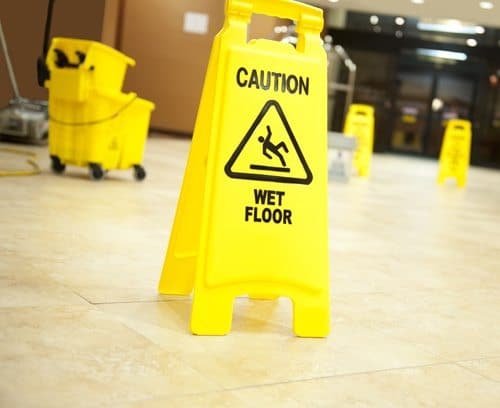
According to the American Automobile Association (AAA), automatic braking systems, which are marketed as life-saving, crash-prevention technology, work fairly well but could use improvement.
The auto safety advocacy group says that Automatic Emergency Braking (AEB), now standard equipment in the majority of new cars sold in the United States, has successfully reduced rear-end collisions and the resulting injuries, property damage, and fatalities. But AAA says its research shows that AEB doesn’t perform all that well at faster speeds and the ability to detect moving vehicles on a collision course in intersections.
“Automatic Emergency Braking does well at tackling the limited task it was designed to do. Unfortunately, that task was drawn up years ago, and regulator’s slow-speed crash standards haven’t evolved,” said AAA Director of automotive engineering and industry relations Greg Brannon. “Testing requirements for this technology, or any vehicle safety system for that matter, must be updated to handle faster, more realistic speeds and scenarios with the greatest safety benefit for drivers.”
Automatic Breaking Systems Need Improvement
When the system detects an imminent collision, using forward-facing cameras and other sensors, it immediately engages the vehicle’s brakes. the system has reduced rear-end collisions at slower speeds, and the technology has been improved over time with better hardware and software.
But two of the most prevalent type of accidents are “T-bone” accidents in intersections and collisions involving left turns in front of oncoming traffic, AAA found the automatic braking systems wanting. Between 2016 and 2020, these two types of crashes accounted for 39.2% of overall fatalities in crashes involving two passenger vehicles in which the striking vehicle did not lose traction or exit the roadway prior to the collision.
AAA said it test AEB systems in both eh T-Bone and left-turn scenarios. “In both the T-bone and left-turn in front of oncoming vehicle tests, crashes occurred 100% of the time. Automatic braking failed to alert the driver, slow the vehicle’s speed and avoid the crash,” the group reported.
“We strongly urge automakers and regulatory agencies to focus on system design and test protocols to better handle the types of crashes when injuries and fatalities commonly occur,” AAA said. “Automakers must improve AEB systems to assist drivers in intersection-based crash scenarios. Automakers should include AEB systems as standard equipment on all their makes and models.”
Automatic Braking and Accidents
Automatic braking and other technological safety advancements can go a long way to reducing car accidents and injuries. But the operator of a vehicle bears the responsibility to drive safely. Research shows that the overwhelming majority of car accidents are caused by driver error. If you’ve been injured in a car accident, you may be entitled to recover your losses. Call 866-730-3508 for a free consultation with an Orlando car accident attorney at the Martinez Manglardi personal injury law firm. Convenient locations throughout Central Florida.





